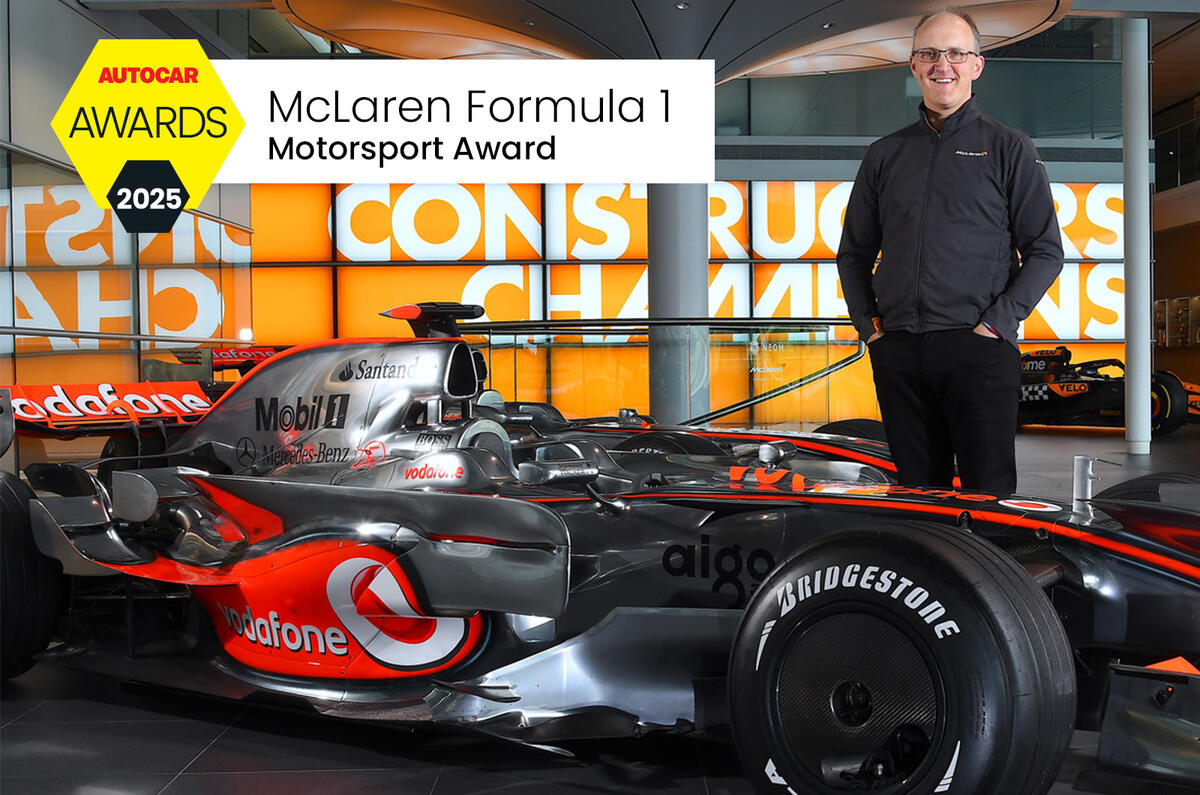The McLaren Technology Centre still looks futuristic enough to double for a spaceport on Coruscant, so it’s staggering to reflect on the fact that it’s now 21 years old.
Even more staggering given its age is that a constructors’ championship-winning McLaren had never been built there – until last year. When Lando Norris crossed the line to win the 2024 season-closing Abu Dhabi Grand Prix, McLaren ended a 26-year constructors’ championship drought – the longest in the history of the sport.
The team came close a few times and clinched the 2008 drivers’ title with Lewis Hamilton, but there had also been some humiliating lows: in 2017 the Woking squadfinished ninth out of 10 teams. McLaren’s dogged climb back up the ranks and return to title-winning glory is why we have named the team the winner of our Motorsport Award.
It would be easy to distil success in Formula 1 down to building a fast car, sticking a powerful engine in it (a Mercedes, in this case) and having two quick drivers – and in Norris and Oscar Piastri, McLaren might have F1’s strongest line-up. But there’s more to it than that.
McLaren’s rise has been built on the efforts of the 1000 or so staff working incredibly hard in the McLaren Technology Centre. That effort has been led by Piers Thynne, the 17-year McLaren veteran whose role as chief operating officer means he essentially runs the factory.
He describes last year’s Abu Dhabi race as “the culmination of an incredibly focused period of work for the whole team”. McLaren started 2024 trailing Red Bull on pace, but an upgrade package in Miami changed the pecking order, he says: “As a team we worked across all functions – aero, technical and operations – and dug deep to deliver a large upgrade for Miami.
“That was a pivotal moment in the season.” Thynne describes his role as being “an enabler”, supporting all areas of the team to be the best that they can be. The role has also included a lot of work helping McLaren Racing boss Zak Brown and F1 team principal Andrea Stella to change the culture.
“The culture of the team has gone from good to extremely positive in the past 18 to 24 months,” reveals Thynne, “and that has come from Zak and Andrea’s approach.
“They empower me to drive that each and every day. We don’t need a hierarchy; we just need good people working together and having good conversations to ensure we are all pushing to deliver performance.”








Add your comment